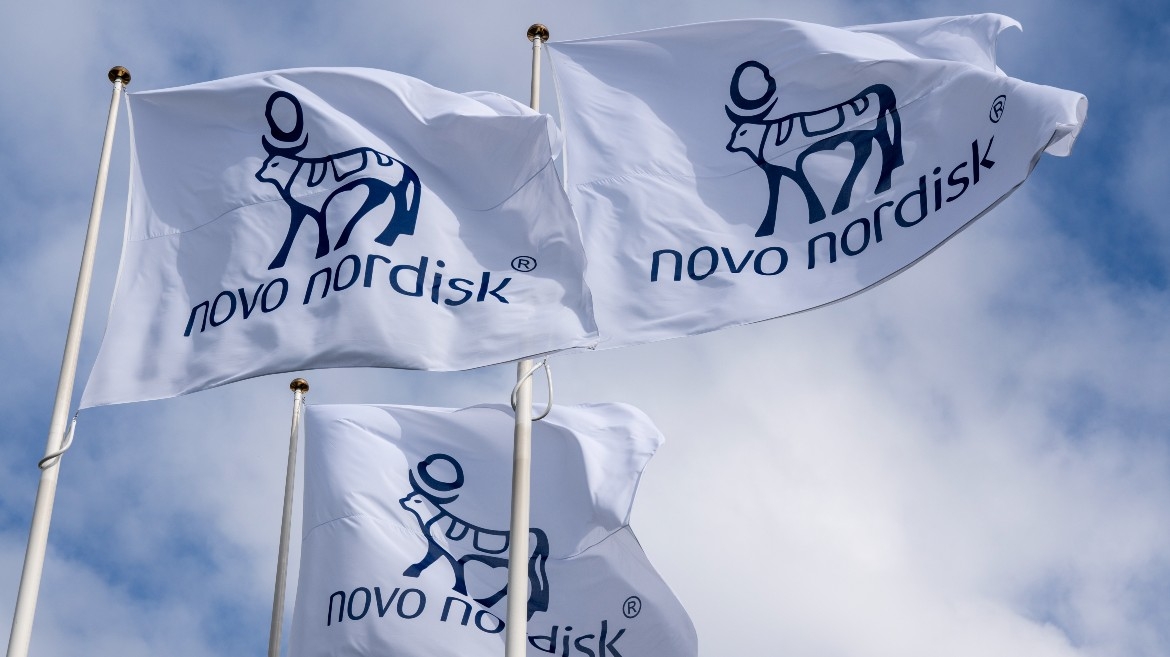IT services companies had a tumultuous 2009: Pricing pressure from customers, adverse currency movements and lower volumes significantly affected the top- and bottom-line performances of these companies. Although the recession did not spare any companies from its effects, offshore IT service providers fared better compared with their global peers including Accenture, Computer Sciences and Capgemini. Their better performance can be attributed to their higher exposure to nondiscretionary components of client's IT budgets. During the downturn, when companies around the world slashed their IT budgets, discretionary IT spending, which includes consulting, system integration, and package implementation, bore the brunt while defensive services, such as application maintenance and BPO services, spared the cut. Offshore IT service providers normally derive a significant portion their revenue (more than 90%) by providing nondiscretionary services, and hence their revenue base remained mostly intact during the recession.
Indicators signal demand recovery
As the global economy slowly recovers from its worst recession in
decades, data points from around the world indicate that the pace of
technology spending is gradually picking up. The outlook looks
particularly good for offshore-based IT services as their lower cost
base help ease cost pressures for companies in a weak economic
environment.
Recent reports and forecast numbers from Tier 1 offshore IT service providers such as Infosys, Wipro, Cognizant, and TCS indicated that the overall demand environment has stabilized in the last few months with increased levels of engagements from clients. Companies are focusing their investments on technologies that help them cut expenses in the near term, and early indications suggest that companies are on track to finalise their IT budgets on time, by early 2010.
According to the Federal Reserve Bank of San Francisco's Tech Pulse Index, economic activity in the US IT sector bottomed in May and has been on an increasing trend since then. Although the 12-month growth rates are still charting in the negative territory, it is now at a 13-month high, indicating that the companies are increasingly feeling confident about the state of the IT sector.
The results of a recent survey conducted by the Economist Intelligence Unit with 358 executives from global telecom and IT firms also fell along the same lines--the demand for IT service companies is very likely to trend upward going forward. According to the survey, about 60% of the executives indicated that they expect the demand environment to improve during the next six months, which was in stark contrast to an earlier survey when only 20% of the participants expressed optimism about demand recovery.
While it may be premature to conclude that the companies are back with a bang on IT spending, there are enough signs that seem to indicate that the worst may be behind for offshore IT service companies.
Growth may not lead to margin expansion
Despite operating in an environment with declining top-line growth, most
of the IT service providers managed to maintain their margins at
historic levels. A combination of solid execution, flexible operating
model, and currency tailwinds came in handy for these companies to
preserve their profitability levels. In addition, low wage inflation in
India also helped to keep the employee compensation under control.
However, if we were to ask, "Given an improved demand environment, will
top-line growth directly translate to higher margin percentage levels?"
our response would be "less likely."
We think there is limited room for margin expansion in the future. First, with the Indian rupee remaining relatively stable against the US dollar, most of the currency tailwind is largely over. Second, companies lowered their intake last year and used their bench strength to meet their project demands, which drove employee utilisation to peak levels. Third, recent salary hikes and a likely pickup in hiring may put some pressure on the margins. In summary, companies should be able to comfortably hold their current margin levels, but significant margin expansion is less likely.
Potential risks
As a group, offshore-based IT service providers derive a significant
portion of their revenue from companies in the financial services
industry, and their growth depends on the pace at which financial
service firms regain their foot after the crisis. On a positive note,
most of the large financial services customers of offshore IT service
providers have been less affected by the crisis. The other key factor
which could play a spoilsport is the currency--depreciation of the US
dollar against the Indian rupee--could adversely affect the
profitability of offshore IT service providers.
Stocks to watch
The demand environment looks increasingly favorable for offshore IT
service providers, and we believe Tier 1 service providers, with their
broad service portfolio, geographic breadth, and solid client base, are
well-positioned to grab their chances when they occur. Unfortunately,
this has already been factored into the price of most of the offshore IT
service providers that we cover. However, we would still keep an eye on
these stocks, and when valuations come down they do present a good
investment opportunity.
Infosys: A leader in the offshore services industry and the most well known of Indian IT service providers, appears well-positioned because of its strong branding, breadth of offerings, and diversified client base. The company's service offerings span the IT services value pyramid ranging from application development and maintenance to business consulting. It possesses a deep client base with more than 575 active clients. Additionally, very few of its clients were affected by the current downturn. The company continues to generate solid free cash flows (averaging 17% of revenue) and has a strong balance sheet with no debt and a significant cash position.
Cognizant: The youngest of the Tier 1 Indian service firms, Cognizant is known for its high-quality consultative approach and deep client partnerships. The company places great emphasis on its client-facing employees. This focus on serving clients onsite and then fulfilling the projects in India and other offshore locations has served Cognizant well. Revenue has increased at a compound annual rate of 56% during the last five years--significantly ahead of other Tier 1 competitors. The company has been able to successfully maintain a stable operating margin in the range of 18%-20%, with excess profits being reinvested into long-term growth initiatives.
Wipro: Wipro stands out from its peers as a result of its unique revenue and market mix. The company's IT services business, which accounts for nearly 75% of total revenue, has built a niche in research-and-development services and some of the emerging services, such as infrastructure management and testing. Wipro's early lead in these emerging services is significant, in our opinion, as these are high-growth businesses that have yet to be penetrated by other Indian companies. Like other Tier 1 peers, Wipro maintains a solid balance sheet and generates strong free cash flows.
























